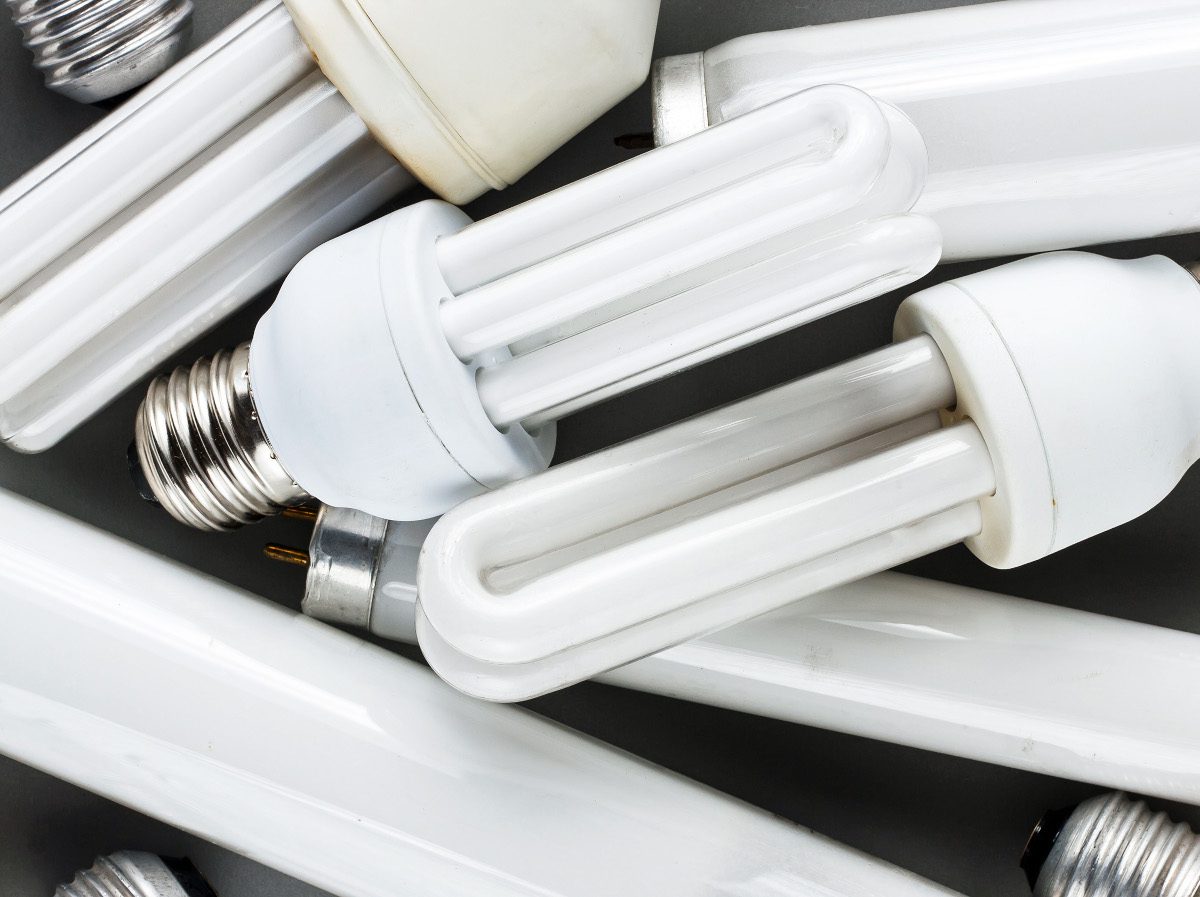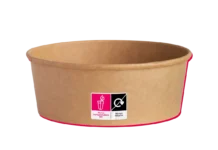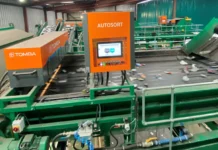
Recycling facilities collect glass and mercury from thrown away fluorescent bulbs, but discarded lighting could also supply rare-earth metals for reuse. The 17 metals referred to as rare earths aren’t all widely available and aren’t easily extracted with existing recycling methods. Now, researchers have found a simpler way to collect slightly magnetic particles that contain rare-earth metals from spent fluorescent bulbs. The team describes its proof-of-concept magnetized chromatography method in the American Chemical Society publication ACS Sustainable Chemistry & Engineering.
Many modern technologies, such as electric vehicles and microchips, use rare earths because of their unique magnetic, electrical and optical characteristics. However, only a handful of countries have untapped deposits of these metals. Large-scale rare-earth recycling from outdated, broken devices is challenging because the metals are integrated into different components and are present only in small amounts. In discarded fluorescent lighting, mixtures of rare-earth-based phosphors, the substances that contribute to a light’s color, are found in a thin coating inside the bulb. So, Laura Kuger, Matthias Franzreb and colleagues wanted to develop a low-tech method to easily collect these phosphors by taking advantage of the elements’ weak magnetic properties.
The researchers used a wire coil to externally apply a magnetic field to a glass chromatography column filled with stacked disks of stainless-steel mesh. They then prepared a demonstration sample to pass through the column to see if it could capture the phosphors. First, the researchers obtained three different weakly magnetic rare-earth phosphors from a lamp manufacturer. Next, the team mimicked old fluorescent lamp parts by mixing the phosphor particles in a liquid solution with nonmagnetic silica oxide and strongly magnetic iron oxide nanoparticles, representing glass and metal components in the bulbs, respectively. Then, when the liquid was injected and flowed through the chromatography column, the phosphors and iron oxide nanoparticles stuck to the magnetized stainless-steel mesh, while the water and silica particles flowed out the other end.
To remove the phosphors from the column, the researchers slowly reduced the strength of the external magnetic field while rinsing the column with liquid. Finally, the strongly magnetic iron oxide nanoparticles were released from the column when the magnetic field was turned off. The researchers observed that their method recovered 93% of the rare-earth phosphors from the initial mixture that mimicked lamp components. While more work is needed to separate individual rare-earth elements from the phosphors and to scale the method for industrial recycling applications, Kuger, Franzreb and colleagues say their approach is a step toward a practical way to turn old light bulbs into new technologies for a brighter and more sustainable future.
The authors acknowledge funding from the German Research Foundation.







